Warehouse
Deadline
October 22, 2026
Judging
Date
November 11, 2026
Winners
Announcement
November 26, 2026
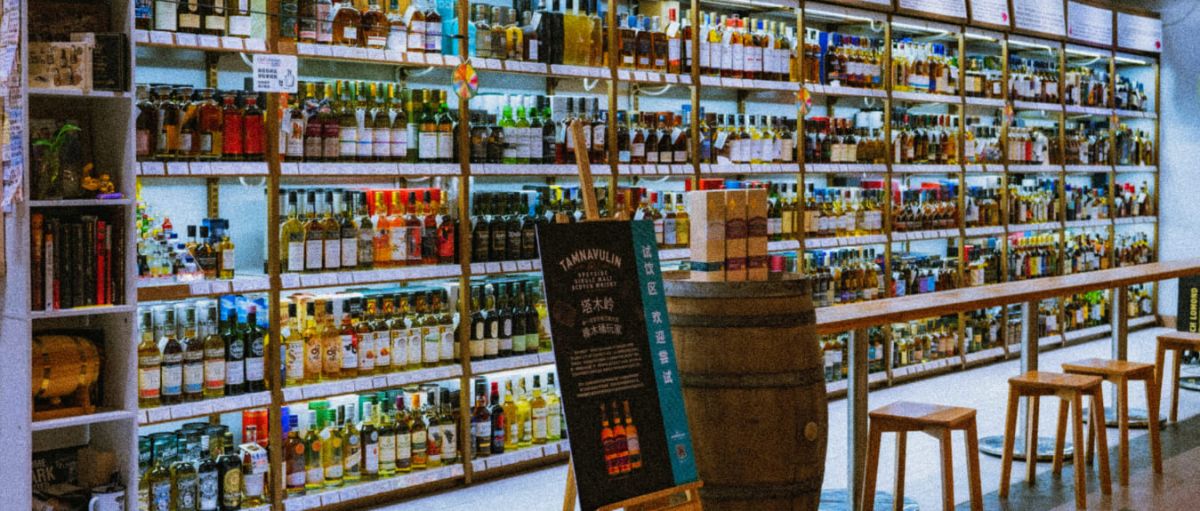
As global spirits producers look to grow their presence in Asia, the biggest question isn’t just “How do I sell?” — it’s “Who do I sell to?”
Do you partner with an importer? Go straight to a distributor? Launch via a digital retail platform? The right route to market can make or break your success in Asia’s fragmented and diverse spirits landscape.
This guide breaks down the best route-to-market models by country, complete with local insights, platform examples, and actionable tips for 2025.
Before diving into the country specifics, let’s clarify the three core models:
1. Importer: A licensed entity that brings your product into the country. Usually works closely with customs and may or may not handle downstream distribution.
2. Distributor: Typically buys from importers and sells to hotels, bars, restaurants (on-trade) or retail chains (off-trade). May also manage brand activation and sales force.
3. Digital Retail: Includes DTC (direct-to-consumer) platforms like Shopee or JD.com, and B2B discovery platforms like EC Proof or HotShop.vn. Often requires a local partner to manage logistics, compliance, and order fulfillment.
Recommended Route: Importer → State Distributor → Retail/On-Trade
India is not a single market—it’s 28 states, each with its own alcohol regulations, taxes and registration processes. You must work with an importer registered with the excise departments of the states you want to enter.
Top Importers:
Key notes to keep in mind:
Pro Tip: A medal from Asia Spirits Competition helps during state registration and importer onboarding.
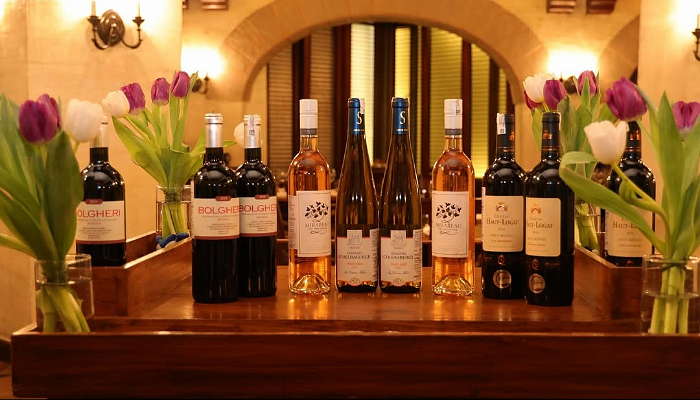
Image Credits: Anggels Share (Instagram)
Recommended Route: Importer-Distributor Hybrid → Retail/On-Trade
Vietnam allows foreign spirits to be brought in via licensed importers, many of whom also act as distributors.
Top Players:
Key notes to keep in mind:
Pro Tip: Bundle in POS, suggested serves, and bartender trainings to sweeten your offer.
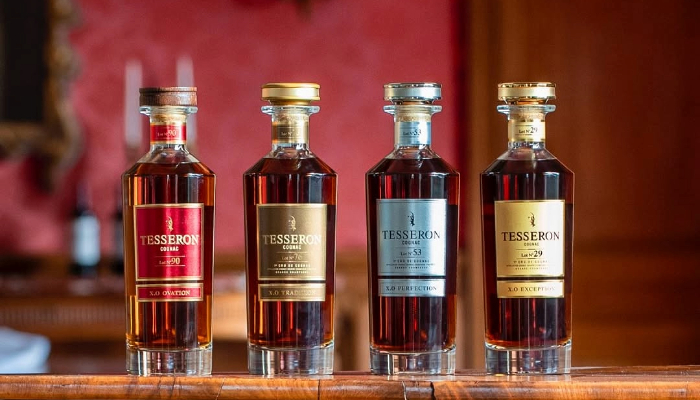
Image Credits: Red Apron Wine & Spirits (Instagram)
Recommended Route: Sole Importer with Multi-Channel Reach
Alcohol is tightly regulated in Indonesia, and most imported spirits go through a limited number of licensed importers.
Top Importers:
Key notes to keep in mind:
Pro Tip: Work with an importer that already supplies 5-star hotels and clubs — often the best way to build brand visibility in Indonesia.

Image Credits: PT Mitra Indo Maju (Instagram)
Recommended Route: Importer → Distributor or Direct-to-On-Trade
Singapore is a free-market model where multiple routes work. Many importers also serve the on-trade directly.
Importers & Distributors:
Key notes to keep in mind:
Pro Tip: Make Singapore your regional base — it’s where buyers from other SEA markets look for inspiration.
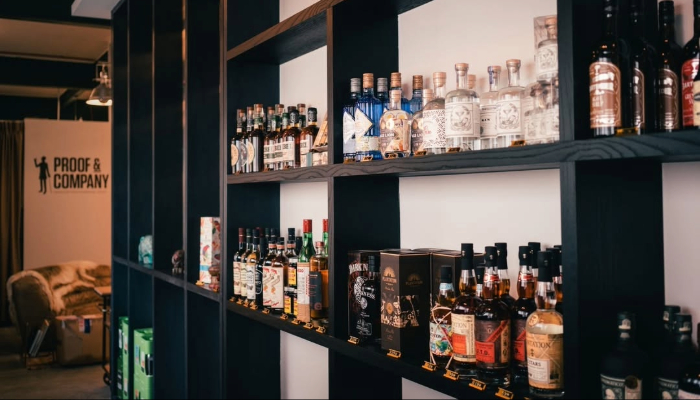
Image Credits: EC Proof (Instagram)
Recommended Route: Importer → Wholesaler → Bars/Restaurants
Japan’s bar scene is world-famous but conservative in its sourcing. Most imported spirits come via established importers who work with nationwide wholesalers.
Key Importers:
Key notes to keep in mind:
Pro Tip: Get a local ambassador or bartender champion to help your brand earn credibility.
Recommended Route: Importer/Distributor Combo → On-Trade & eCommerce
Many importers also function as distributors, supplying high-end bars and premium e-commerce platforms.
Top Partners:
Key notes to keep in mind:
Pro Tip: Your digital shelf (image, story, language) is just as important as your physical one.
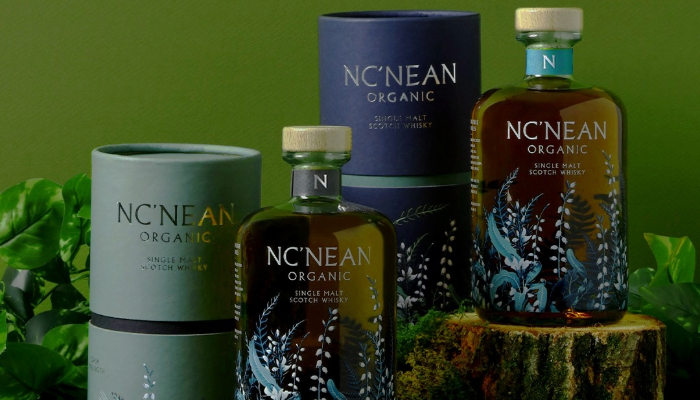
Image Credits: Nara Cellar (Instagram)
Many importers and distributors in Asia prefer to carry brands that are pre-vetted. Winning or even entering a regional competition like the Asia Spirits Competition sends the message “We are market-ready, serious, and already trusted by industry professionals.”
Benefits of entering:
Ready to make your spirits brand discoverable and trusted in Asia? Enter the Asia Spirits Competition today and give your product a route-to-market advantage.
Header image sourced from Unsplash.
Grow In Thailand, Vietnam, South Korea, Japan, Singapore, and Other Asian Countries With Asia Wine Ratings. 2025 Results are now live. View Results